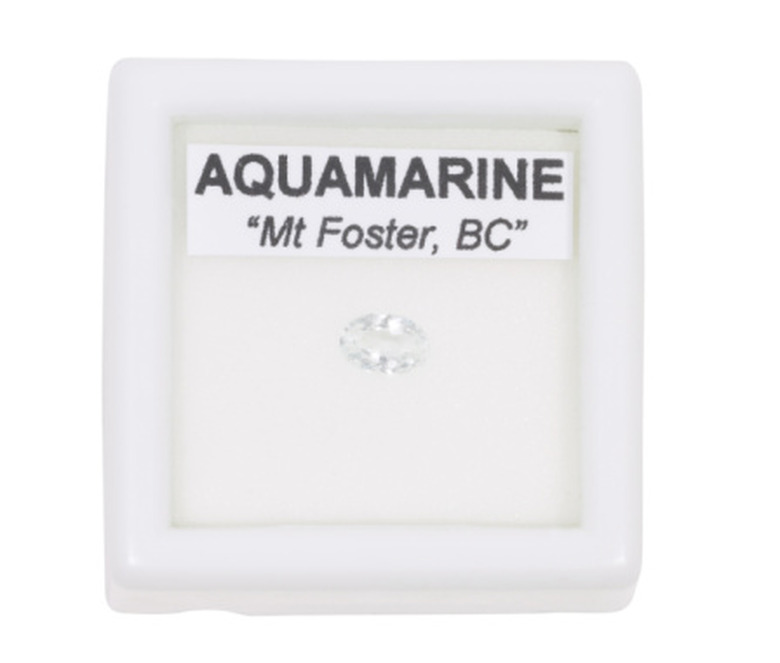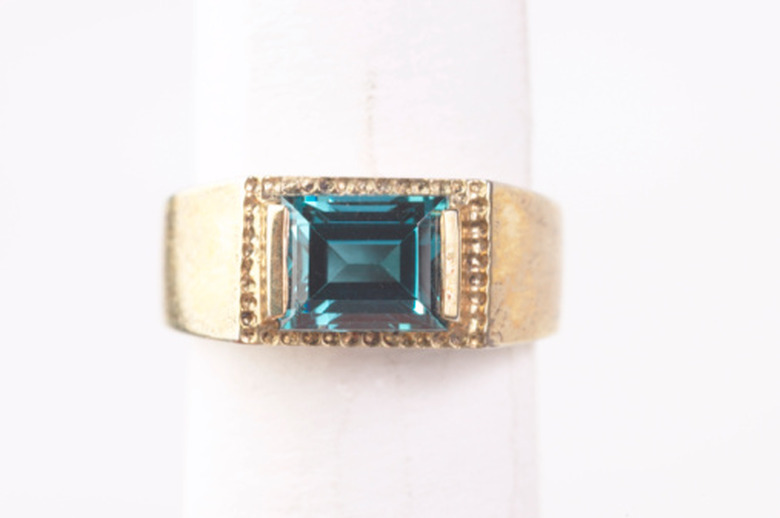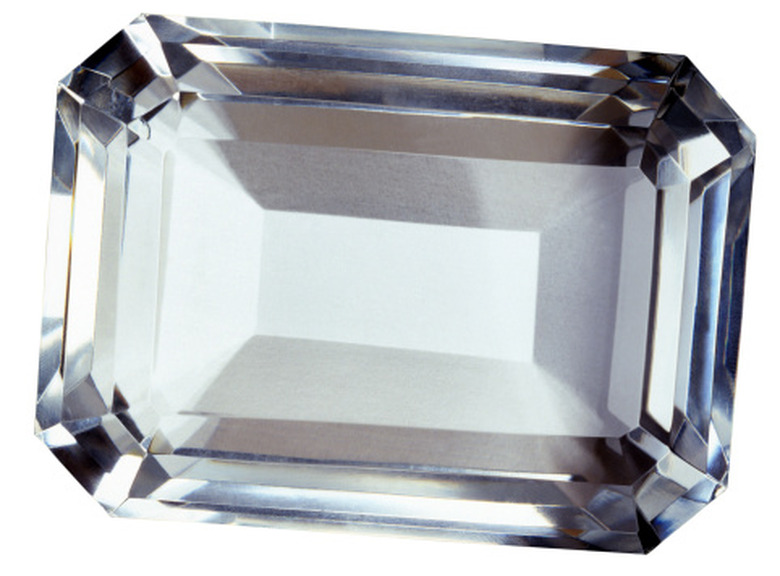How To Value Aquamarine
Aquamarine gets its name from the Latin words for "water" and "sea." Like the sea, this beryl gemstone varies in color from the palest blue-green to vivid azure blue. Aquamarine's value as a gem depends on four qualities: color, cut, clarity and carat weight. Collectors who plan to display the stone instead of wearing it have different standards; a stone with a colorful history or a unique shape fetches a high price from collectors.
Identifying an Aquamarine
Step 1
Examine the stone's color under natural light. While less expensive blue topaz superficially resembles aquamarine, it lacks any trace of the greenish hue that distinguishes genuine aquamarine.
Step 2
Test the stone with the diamond tester. Jewelers use this device to measure a stone's thermal conductivity; if the stone registers, it is most likely blue topaz, not aquamarine. Conduct a less precise test by holding the stone between your palms for a minute; genuine aquamarine conducts heat poorly and won't warm significantly from body heat.
Step 3
Examine the stone for nicks and scratches. Aquamarine has a hardness of 7.5 to 8 on the Mohs scale, while glass is a softer 6 on the scale. Use the jeweler's loupe to get a better view at ten times magnification. If the stone bears scratches, it's probably tinted glass and not aquamarine.
Evaluating the Aquamarine
Step 1
Note the stone's shape. Popular gem shapes such as round, oval, marquise, emerald and pear are standard, but unusual cuts such as Asscher and cushion shapes can fetch a higher price. Very large display gems for collectors can have virtually any shape, but the best cuts are those that follow the crystal's natural lines.
Step 2
Look at the loose gem against white paper. The richer the color, the more costly the stone. The costliest aquamarines resemble the sea along a tropical white-sand beach.
Step 3
Examine the stone's clarity both with the naked eye and with the jeweler's loupe. Aquamarines are typically clear to the unaided eye; a stone with visible inclusions or flaws loses value. If the aquamarine has inclusions visible only with the loupe, its cost is less affected.
Step 4
Weigh the stone on the jewelry scale. The aquamarine's cut, color and clarity set its price per carat; its weight in carats determines the gem's final value.
Things Needed
- Diamond tester
- Jeweler's loupe
- White paper
- Jewelry scale
TL;DR (Too Long; Didn't Read)
Aquamarines are in the same gem family as emeralds, heliodor, and morganite.
Aquamarine crystals can grow huge; unlike other gemstones that become exponentially more expensive as they get larger, aquamarine's price stays fairly constant for any weight larger than a carat.
Some aquamarines are chatoyant — that is, they show a cat's-eye formation when light strikes them. These are so rare that collectors will pay more than $10,000 per carat for them.
Warning
Glass and aquamarine share the same refractive index of 1.52, so using a refractometer doesn't prove the gem's authenticity.
If a deal on aquamarine sounds too good to be true, it probably is.
Cite This Article
MLA
Whitney, Lauren. "How To Value Aquamarine" sciencing.com, https://www.sciencing.com/value-aquamarine-8122381/. 24 April 2017.
APA
Whitney, Lauren. (2017, April 24). How To Value Aquamarine. sciencing.com. Retrieved from https://www.sciencing.com/value-aquamarine-8122381/
Chicago
Whitney, Lauren. How To Value Aquamarine last modified March 24, 2022. https://www.sciencing.com/value-aquamarine-8122381/


